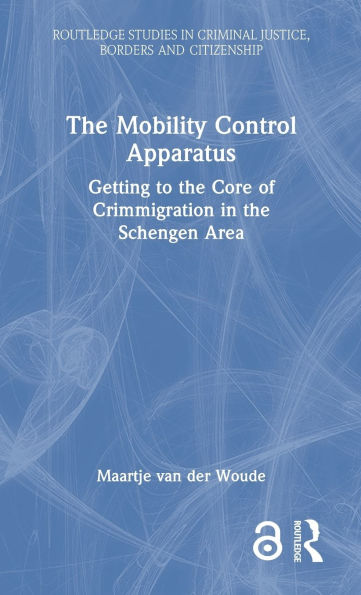The book emphasises the importance of discretion in border control, arguing that it plays a pivotal role in shaping decisions at both the organisational and street levels. It delves into the experiences of Dutch border control officers and the wider European context, offering a comparative analysis of Europe’s intra-Schengen borderlands. By drawing on real-world case studies, it showcases the tensions between security and mobility and how migration is managed through both visible and covert policing practices. The work is grounded in rich qualitative data, collected over years of fieldwork, and addresses key debates in migration and criminology studies, particularly the evolving concept of ‘crimmigration’ and its implications for human rights and security policies.
This book will be of interest to criminologists, sociologists, legal scholars, and political scientists alike, as well as all those engaged in studies on migration, mobility, and the European Union.
The Open Access version of this book, available at http://www.taylorfrancis.com, has been made available under a Creative Commons [Attribution-Non Commercial-No Derivatives (CC-BY-NC-ND)] 4.0 license.
The book emphasises the importance of discretion in border control, arguing that it plays a pivotal role in shaping decisions at both the organisational and street levels. It delves into the experiences of Dutch border control officers and the wider European context, offering a comparative analysis of Europe’s intra-Schengen borderlands. By drawing on real-world case studies, it showcases the tensions between security and mobility and how migration is managed through both visible and covert policing practices. The work is grounded in rich qualitative data, collected over years of fieldwork, and addresses key debates in migration and criminology studies, particularly the evolving concept of ‘crimmigration’ and its implications for human rights and security policies.
This book will be of interest to criminologists, sociologists, legal scholars, and political scientists alike, as well as all those engaged in studies on migration, mobility, and the European Union.
The Open Access version of this book, available at http://www.taylorfrancis.com, has been made available under a Creative Commons [Attribution-Non Commercial-No Derivatives (CC-BY-NC-ND)] 4.0 license.

The Mobility Control Apparatus: Getting to the Core of Crimmigration in the Schengen Area
212
The Mobility Control Apparatus: Getting to the Core of Crimmigration in the Schengen Area
212
Product Details
| ISBN-13: | 9781032117829 |
|---|---|
| Publisher: | Taylor & Francis |
| Publication date: | 03/28/2025 |
| Series: | Routledge Studies in Criminal Justice, Borders and Citizenship |
| Pages: | 212 |
| Product dimensions: | 5.44(w) x 8.50(h) x (d) |
